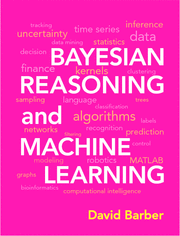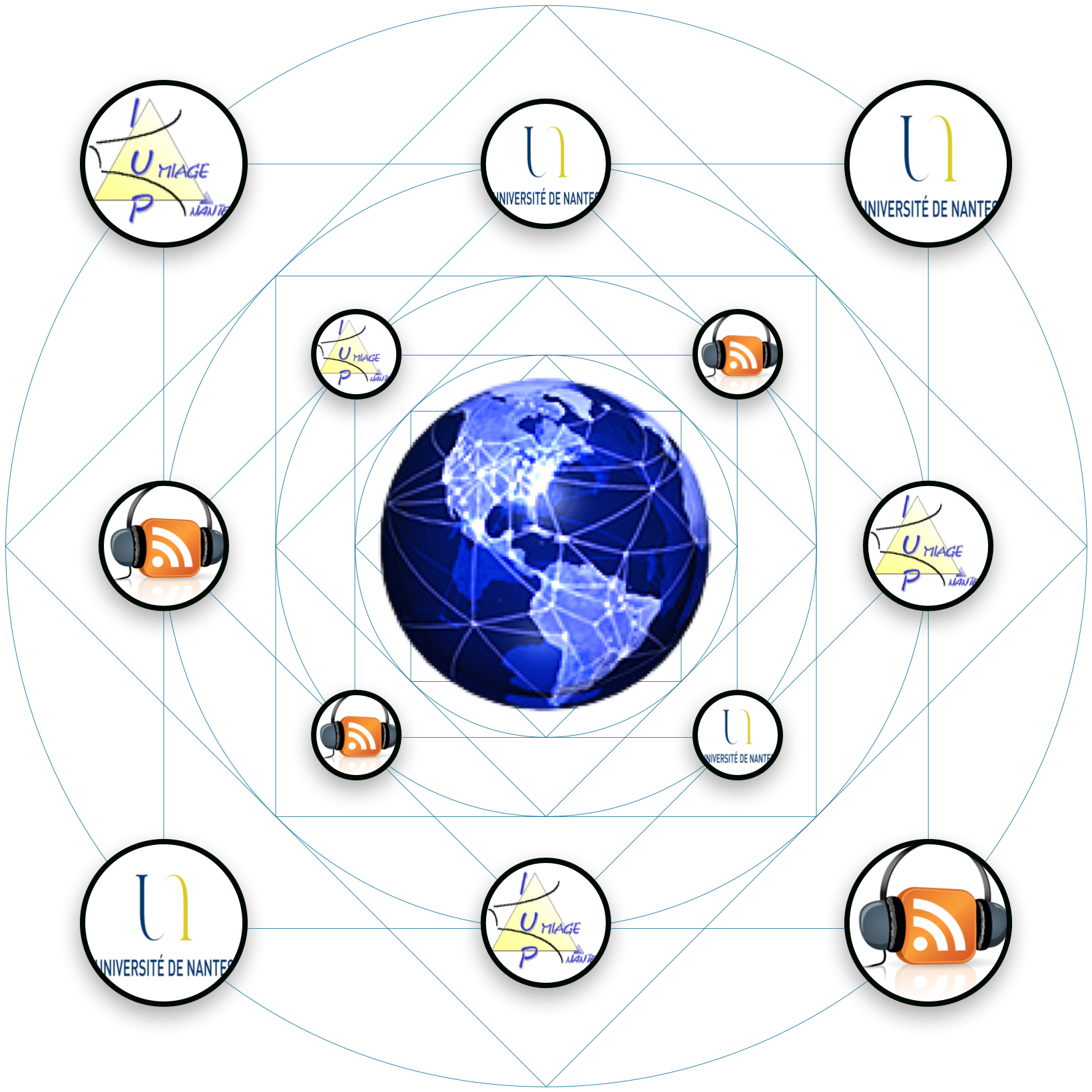"Bayesian Reasoning and Machine Learning", By David Barber
The last decade has seen considerable growth in interest in Arti cial Intelligence and Machine Learning. In the broadest sense, these elds aim to `learn something useful' about the environment within which the organism operates. How gathered information is processed leads to the development of algorithms how to process high dimensional data and deal with uncertainty. In the early stages of research in Machine Learning and related areas, similar techniques were discovered in relatively isolated research communities. Whilst not all techniques have a natural description in terms of probability theory, many do, and it is the framework of Graphical Models (a marriage between graph and probability theory) that has enabled the understanding and transference of ideas from statistical physics, statistics, machine learning and information theory. To this extent it is now reasonable to expect that machine learning researchers are familiar with the basics of statistical modelling techniques.
This book concentrates on the probabilistic aspects of information processing and machine learning.
The 2012 version of the book : http://web4.cs.ucl.ac.uk/staff/D.Barber/textbook/270212.pdf
The book website : http://www.cs.ucl.ac.uk/staff/d.barber/brml/
The author website : http://web4.cs.ucl.ac.uk/staff/D.Barber/pmwiki/pmwiki.php?n=Brml.HomePage
jeudi 18 octobre 2012
Bayesian Reasoning and Machine Learning
Libellés :
Bibliographie,
Computer science,
Logique,
Machine Learning,
Modèle formel



